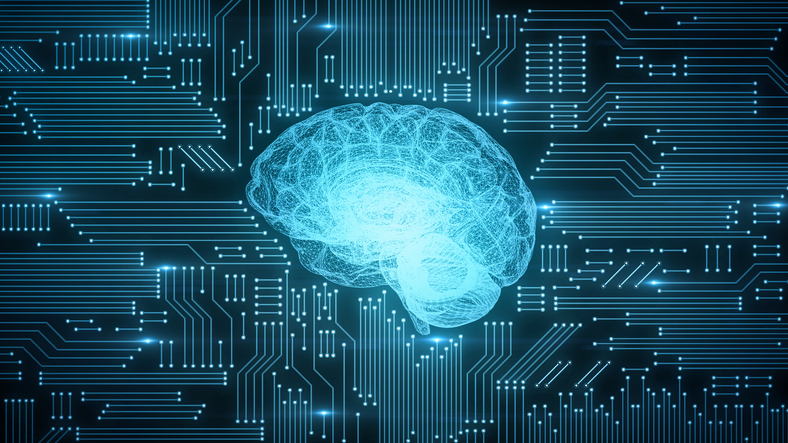History of Artificial Intelligence
History of Artificial Intelligence
We call ourselves Homo sapiens—man the wise—because our intelligence is so important to us. For thousands of years, we have tried to understand how we think; that is, how a mere handful of matter can perceive, understand, predict, and manipulate a world far larger and more complicated than itself. The field of artificial intelligence, or AI, goes further still: it ARTIFICIAL INTELLIGENCE attempts not just to understand but also to build intelligent entities
The gestation of artificial intelligence (1943–1955)
The first work that is now generally recognized as AI was done by Warren McCulloch and
Walter Pitts (1943).They proposed a model of artificial neurons
in which each neuron is characterized as being “on” or “off,” with a switch to “on” occurring
in response to stimulation by a sufficient number of neighboring neurons. The state of a
neuron was conceived of as “factually equivalent to a proposition which proposed its adequate
stimulus.”
They drew on three sources: knowledge of the basic physiology and the function of neurons in the brain; formal analysis of propositional logic due to Russell and
Whitehead; and Turing’s theory of computation. McCulloch and Pitts also suggested that
suitably defined networks could learn.
- Donald Hebb (1949) demonstrated a simple updating rule for modifying the connection strengths between neurons. His rule, now called Hebbian HEBBIAN LEARNING learning, remains an influential model to this day.
- Two undergraduate students at Harvard, Marvin Minsky, and Dean Edmonds, built the first neural network computer in 1950. The SNARC, as it was called, used 3000 vacuum tubes and a surplus automatic pilot mechanism from a B-24 bomber to simulate a network of 40 neurons. Minsky studied universal computation in neural networks.
- Alan Turing’s vision was perhaps the most influential. he introduced the Turing Test, machine learning, genetic algorithms, and reinforcement learning. He proposed the Child Programme idea, explaining “Instead of trying to produce a programme to simulate the adult mind, why not rather try to produce one which simulated the child’s?”
- John McCarthy, After receiving his Ph.D. there in 1951, convinced Minsky, Claude Shannon, and Nathaniel Rochester to help him bring together U.S. researchers interested in automata theory, neural nets, and the study of intelligence. They organized a two-month workshop at Dartmouth in the summer of 1956. For the next 20 years, the field would be dominated by these people and their students and colleagues at MIT, CMU, Stanford, and IBM.
reference:- Artificial Intelligence a modern approach



Comments
Post a Comment